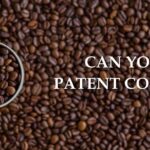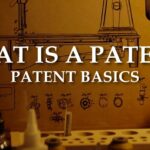Why would Apple buy a Harley Davidson Trademark?
Harley Davidson trademarked the word lightning in Europe under a classification that included a variety of products. Apple began using the word in association with the “lightning” cable to USB connection for the Iphone 5 and Ipad 3 docking port. In late 2012, Harley Davidson reached an agreement with Apple to allow Apple to use the word lightning in Europe. Details of the agreement weren’t made public so we can only speculate exactly why this deal was made. The purpose of trademark is to identify the source of goods and it would seem quite possible that both companies could use the term lightning in association with their products without much chance for consumer confusion as to the actual source. Let’s face it, the companies do project and promote slightly different images.
At the time of the agreement, there was speculation Apple might want to use the term for a wearable glasses product to compete with Google Glass because eyeglasses were specifically part of the classification of the Harley Davidson trademark. However, a few months later the internet is now buzzing more about an iWatch worn on the wrist to compete with Google Glass. So maybe iGlass wasn’t ever the reason.
It is possible Apple just changed directions and the original speculation was correct. Or perhaps Harley Davidson was simply able to cash in on a bad boy reputation that extends to their intellectual property. Harley Davidson is savvy about intellectual property and they are no stranger to litigation. The classic example comes from a fairly well known trademark application from the mid 90s. For six years, Harley Davidson fought to trademark the sound of their engines. It was an interesting filing because few sound trademarks are applied for and fewer granted. The really aggressive part comes from the fact the most distinctive part of the sound of the Harley Davidson engine comes from the design of the motor. This is a fact I presume Harley Davidson couldn’t argue at the time because a trademark cannot result from something functionally related to the product. Despite that, Harley Davidson made the attempt for six years before the application was withdrawn in 2000. Of course Harley Davidson stood to gain a mark that would have effectively provided protection of their engine designs for as long as they desired. But that was a long time to fight off the combined efforts of multiple competitors challenging an application for a mark Harley Davidson would know was directly related to the engine structure.
In the end, Harley Davidson didn’t get the mark but the fight may have been worth the time and effort. Some people still mistakenly believe the application was granted and people are still talking about it today. It may have also helped earn Harley Davidson a reputation and an agreement with Apple to avoid litigation over a trademark term Harley doesn’t even appear to be using prominently.







